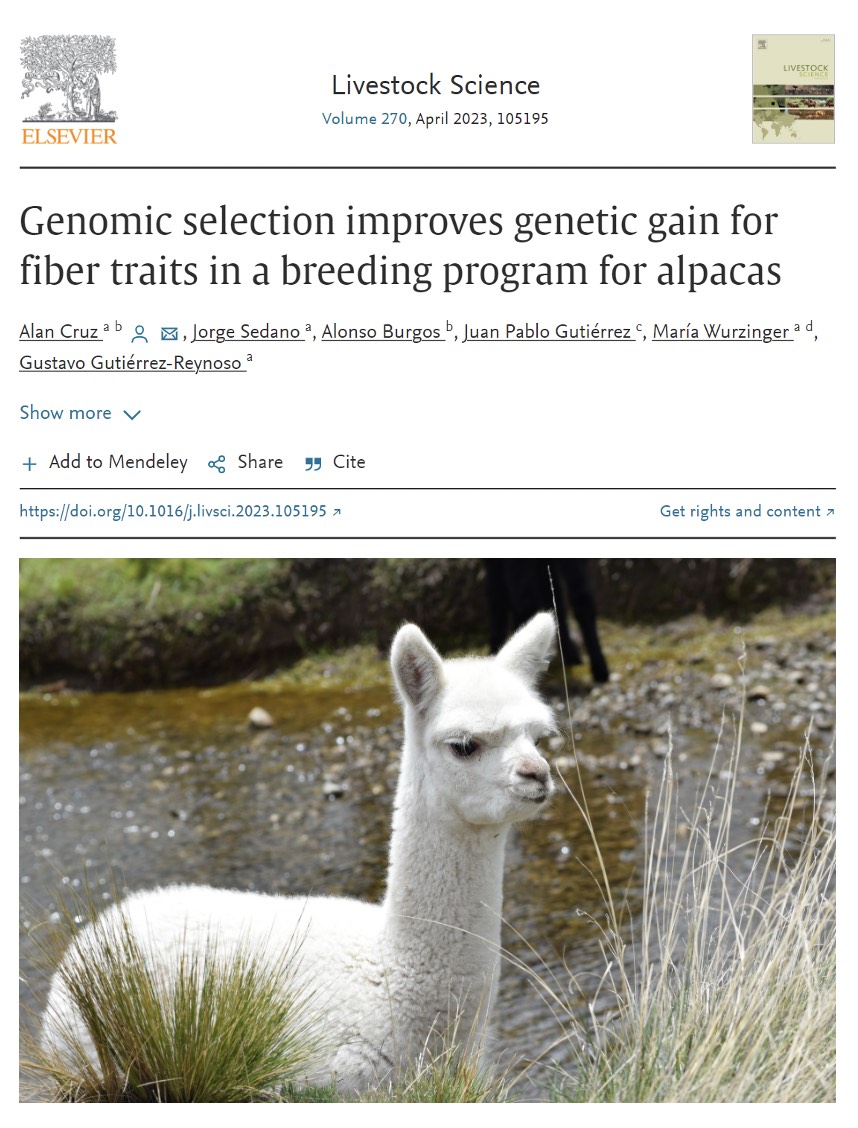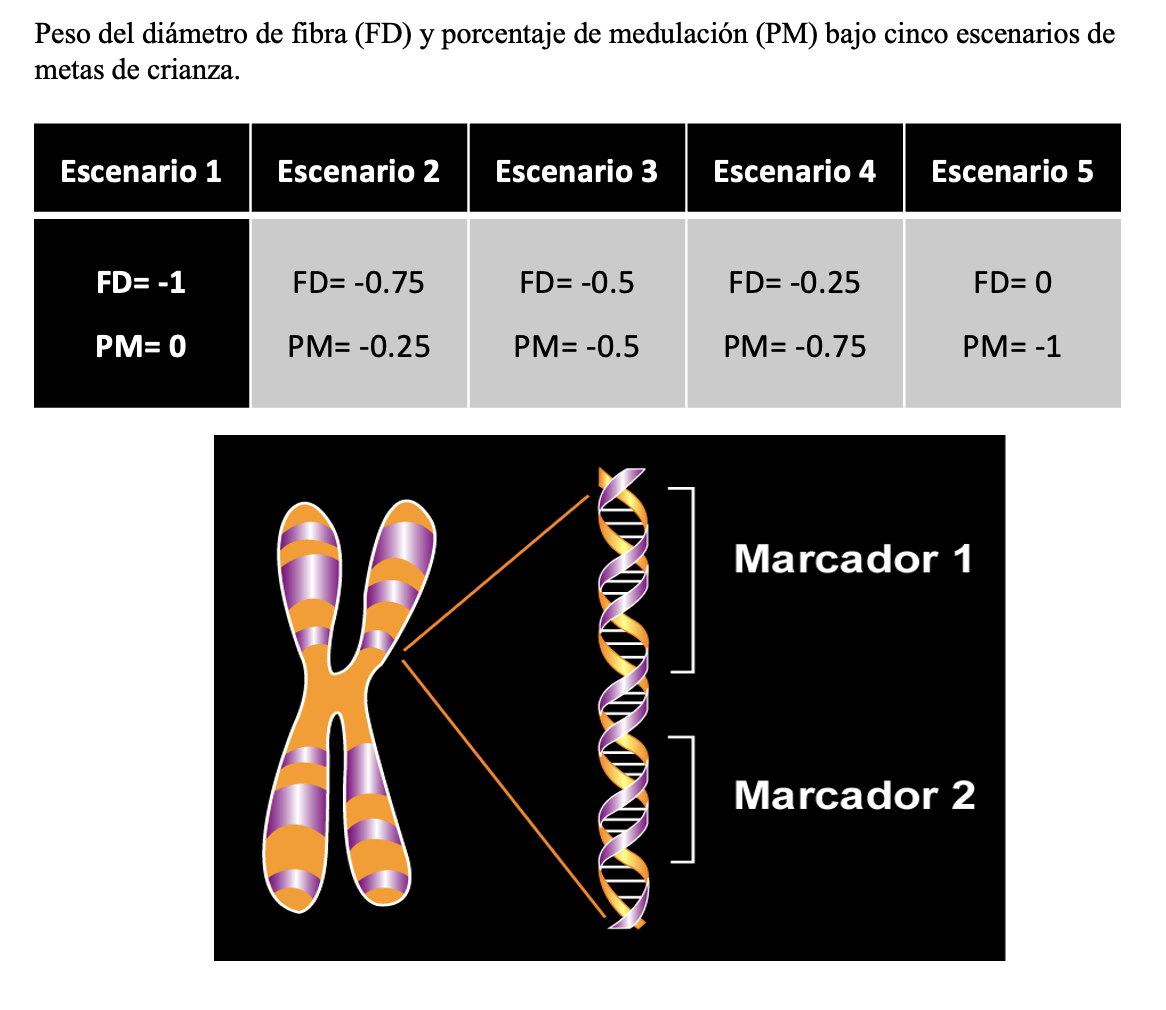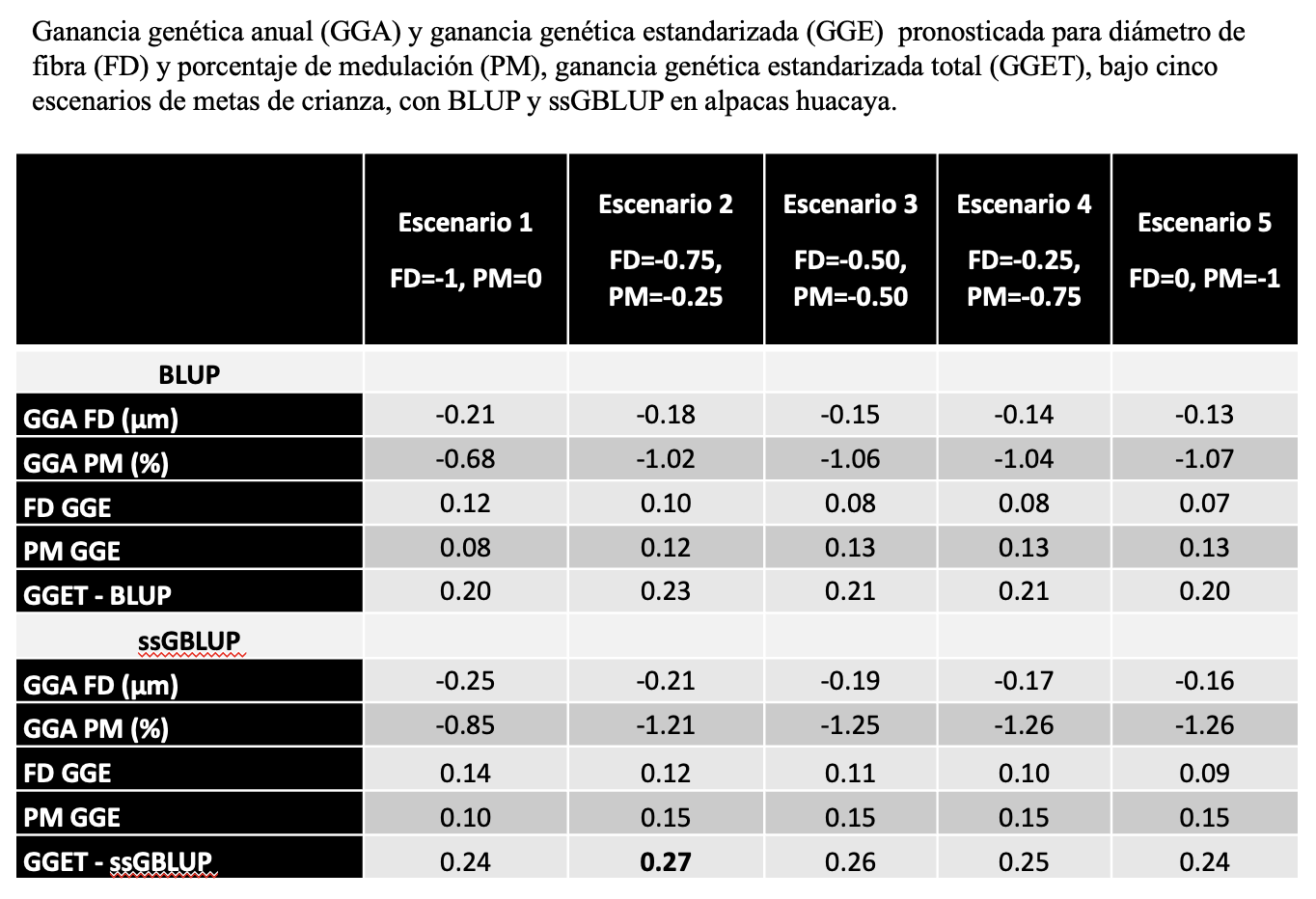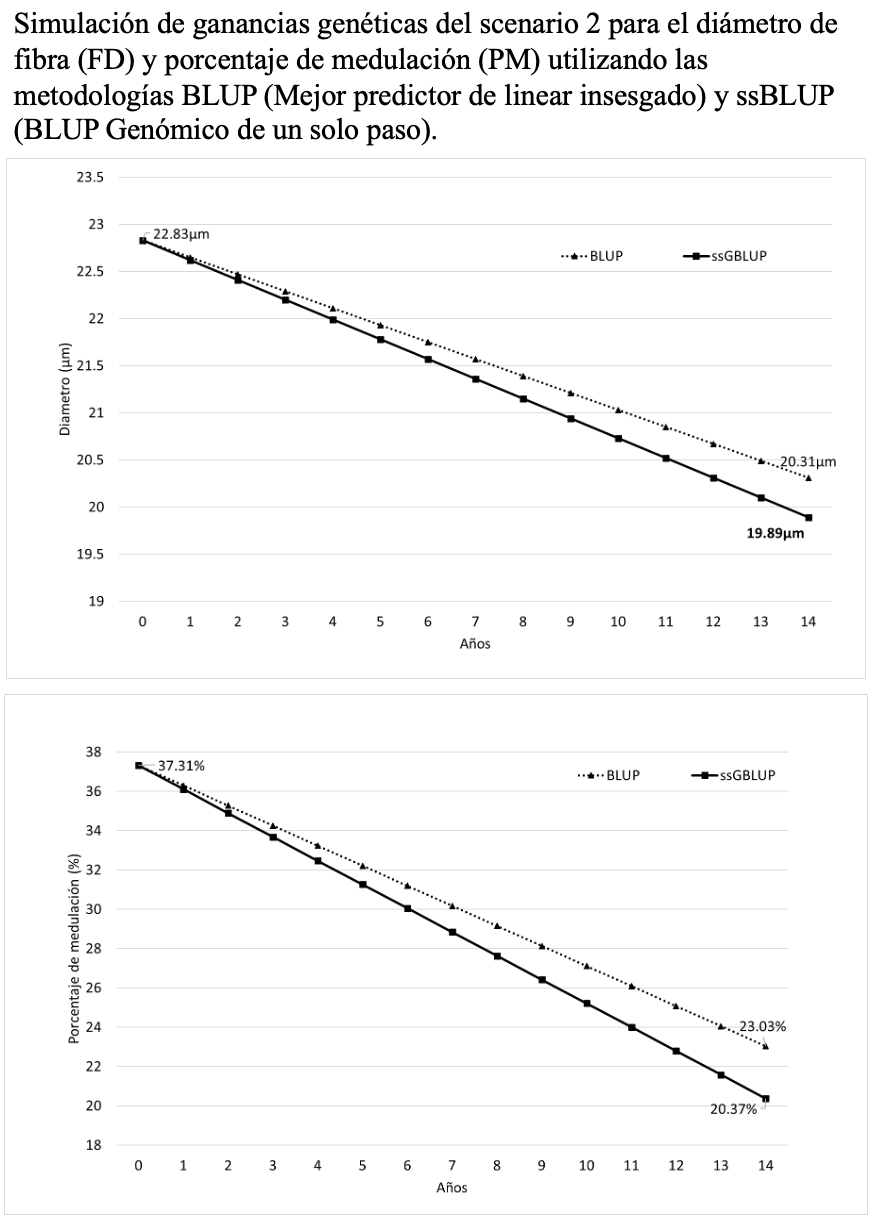THE GENOMIC ERA AND TEXTILES

Producing an alpaca garment entails a production chain that begins in the Andes, where the extraordinary alpacas live.
Being one of the so-called "noble" fibers, alpaca must compete with other animal hair types to capture market preference which always rewards the highest quality.
The challenge of improving the quality of our alpaca now has new tools with which the search for animals with excellent fiber quality can be facilitated. Thus, greater value in the market can be obtained. Genomic information can now help us improve alpaca fiber.
In a work recently published in the journal Livestock Science, PACOMARCA analyzed two methodologies for selecting animals to produce this raw material that the textile industry requires. The objective was to evaluate what the genetic gains would be to improve alpaca fiber quality, using a) a methodology that uses quantitative information from genealogical and productive records, called BLUP (Best Linear Unbiased Prediction), and b) a methodology that in addition to the first uses genomic information, information from molecular markers called SNP ́s (Single Nucleotide Polymorphism) called ssGBLUP (single-step Genomic BLUP). In addition, both methodologies were simulated under 5 selection index scenarios.

The results show that the greatest genetic gains to improve fiber quality would be achieved when genomic information is used (ssGBLUP). However, when comparing the selection index scenarios, it is observed that weighting 75% for fiber diameter and 25% for the medullation percentage seems to have better overall genetic gains than the other scenarios, as seen in the intersection of scenario 2 and the standardized total genetic gain in the ssGBLUP methodology.
On the other hand, using genomic information (ssGBLUP) would improve the accuracy of the selection index.

Using scenario 2, fiber quality could be improved; selecting animals for 14 years (approximately 2 generations) could reduce 2.52um (BLUP) and 2.94um (ssGBLUP). Likewise, the medullation percentage could be reduced by 14.28% (BLUP) and 16.94% (ssGBLUP).
It can be concluded that scenario 2 would be the best weighting in the construction of a genetic index. In addition, the use of genomic information has an important answer to improving alpaca fiber quality for textile purposes.
More details on this project can be found at www.pacomarca.com and in the scientific journal repository: science direct













